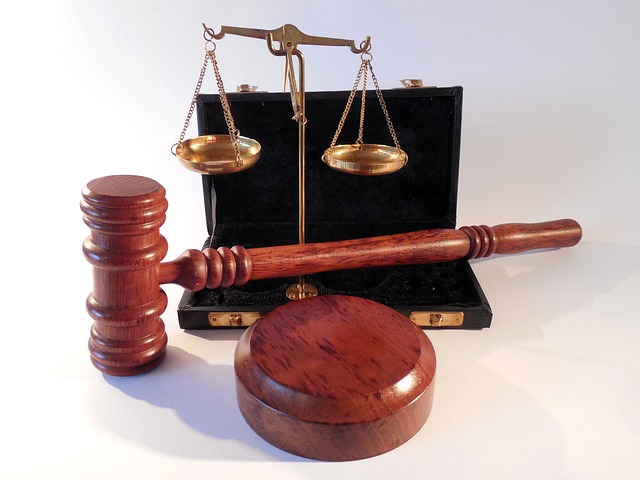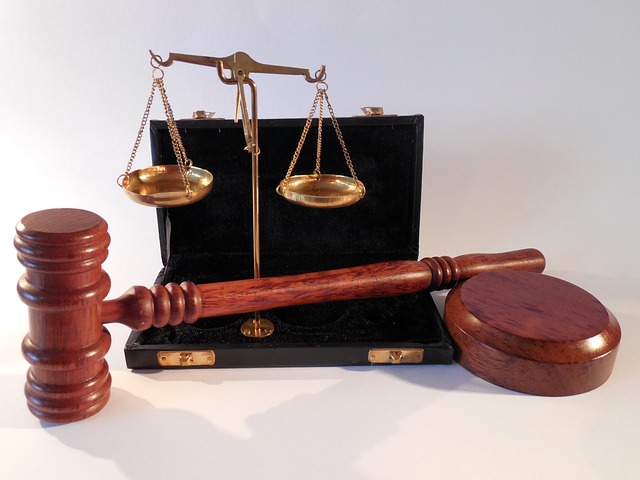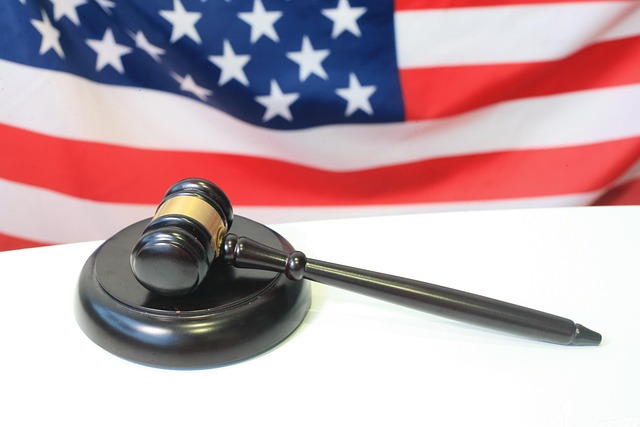Regulatory fraud laws protect consumers and investors from deceptive business practices through jurisdiction-specific definitions. Enforced by bodies like the SEC in the U.S., these laws cover misrepresentations about product quality, pricing, origin, and undisclosed material information. Understanding key elements of a successful Regulatory Fraud claim involves demonstrating fraudulent intent and tangible losses, often proven through circumstantial evidence and expert testimony, as seen in compelling libel case examples in civil court. Facing charges requires robust defenses with legal representation emphasizing compliance, while the regulatory landscape shifts with technology, increasing public scrutiny, and emphasizing transparency for business integrity.
Regulatory fraud laws are critical tools in safeguarding markets and protecting consumers from deceptive practices. This comprehensive guide delves into the intricacies of these laws, offering insights on understanding their definitions and scope, identifying key elements of successful claims, and exploring real-world libel case examples within civil courts. We also dissect legal implications, defense strategies, and recent trends, providing a nuanced perspective on the evolving landscape of regulatory fraud litigation.
- Understanding Regulatory Fraud Laws: Definitions and Scope
- Key Elements of a Successful Regulatory Fraud Claim
- Libel Case Examples in Civil Court: Real-World Scenarios
- Legal Implications and Defense Strategies Against Regulatory Fraud Charges
- The Evolving Landscape: Recent Trends and Future Outlook
Understanding Regulatory Fraud Laws: Definitions and Scope
Regulatory fraud laws are designed to protect consumers and investors from deceptive practices by businesses and individuals. These laws cover a wide range of activities, including misrepresentations about product quality, safety, pricing, and origin, as well as failure to disclose material information. Understanding these laws involves grasping their definitions and scope, which can vary significantly based on jurisdiction. In the United States, for instance, the Securities and Exchange Commission (SEC) enforces federal securities laws, while state attorneys general handle cases under state consumer protection acts.
One way to illustrate the application of these laws is through examining libel case examples in civil court. For instance, a company that makes false claims about its product’s environmental benefits could face legal action from affected consumers or regulatory bodies. Businesses must be cautious to avoid indictment by ensuring transparent practices and accurate disclosures. Moreover, those who find themselves facing such charges can explore challenging defense verdicts through robust legal representation, demonstrating their commitment to compliance and good faith efforts to uphold regulatory standards in their respective business sectors.
Key Elements of a Successful Regulatory Fraud Claim
Building a successful Regulatory Fraud claim requires a clear understanding of key elements that demonstrate fraudulent intent and actions. Firstly, establishing a violation of specific regulations is essential; this could involve complex financial rules or industry-specific standards. For his clients, legal teams must then prove the defendant’s knowledge of these regulations and their deliberate disregard for compliance, often through circumstantial evidence and expert testimony.
Furthermore, connecting the defendant’s actions to tangible losses incurred by investors or regulators is crucial. Libel case examples in civil courts illustrate this point, where successful claims have been made by aggrieved parties who suffered significant financial harm due to false statements or misleading conduct. In high-stakes cases, especially those involving corporate and individual clients, the complexity of these frauds necessitates thorough investigation and a compelling narrative that shows intent and resulting damage.
Libel Case Examples in Civil Court: Real-World Scenarios
Libel case examples in civil court serve as crucial real-world scenarios illustrating the impact and enforcement of fraud regulations. An unprecedented track record of successful libel lawsuits has demonstrated the strength of these laws in holding individuals and entities accountable for fraudulent activities. For instance, a notable case involved a prominent business executive who made false statements about a competitor, leading to significant market disruption. The affected party filed a civil lawsuit, resulting in a jury verdict favoring the plaintiff and awarding substantial damages. This victory not only highlighted the severity of the libel but also strengthened the respect for business integrity within the respective industry.
Another compelling example features a small startup that fell victim to a fraudulent investment scheme. The founders shared their story in a bid to educate others, providing a detailed account of how false advertising and misleading information led to substantial financial losses. Through meticulous documentation and robust legal representation, they secured winning challenging defense verdicts, setting a precedent for future cases involving similar frauds. These libel case examples underscore the importance of regulatory fraud laws in protecting businesses and individuals from malicious attacks, fostering an environment that values transparency and ethical conduct.
Legal Implications and Defense Strategies Against Regulatory Fraud Charges
Facing Regulatory Fraud charges can have severe legal implications. If convicted, individuals and organizations may face substantial fines, imprisonment, and damage to their reputation. These cases often involve complex financial transactions, making it crucial to understand the nuances of regulatory fraud laws. A strong defense strategy is essential to mitigate potential outcomes.
One effective approach involves challenging the evidence presented by prosecutors. Given that many fraudulent activities leave no physical traces, expert testimony and forensic analyses play a significant role. Additionally, building an alibi or demonstrating a lack of intent through prior clean financial records can be beneficial. Moreover, examining similar libel case examples in civil court across the country can offer insights into effective defense strategies, particularly for white-collar and economic crimes. These tactics not only focus on protecting individual rights but also ensure that justice is served within the bounds of the law, fostering integrity in the business and political communities.
The Evolving Landscape: Recent Trends and Future Outlook
The regulatory fraud landscape has been shifting dynamically in recent years, driven by technological advancements and increasing public scrutiny. With the rise of digital transactions and data-driven operations, regulators have had to adapt their strategies to combat sophisticated fraudulent activities. This evolution is evident in the growing number of high-profile cases making their way through civil courts, particularly involving libel case examples where companies face accusations of misleading investors or consumers.
Looking ahead, the future outlook suggests a heightened focus on transparency and accountability. As legal precedents continue to be set by winning challenging defense verdicts in notable libel cases, businesses must remain vigilant. Achieving extraordinary results in fraud prevention not only involves staying compliant with evolving regulations but also cultivating a corporate culture that prioritizes integrity and ethical conduct. By doing so, companies can effectively avoid indictment and build trust with their stakeholders.
Regulatory fraud laws are critical components of our legal system, designed to protect against deceptive practices that undermine public trust. By understanding key elements, examining real-world libel case examples in civil court, and considering evolving trends, individuals and organizations can better navigate these complex regulations. Staying informed about legal implications and defense strategies is essential to mitigate risks and ensure compliance. As the landscape continues to shift, proactive measures and a keen awareness of regulatory changes will be vital for navigating this dynamic domain.






